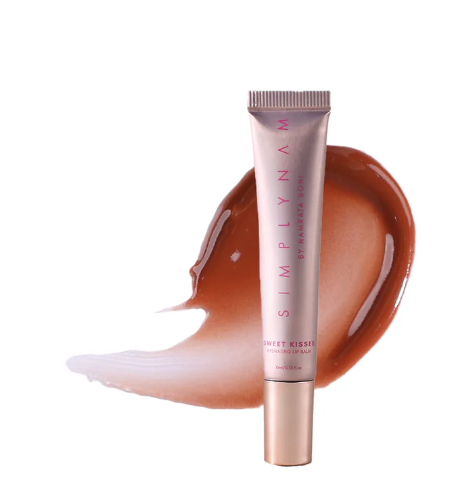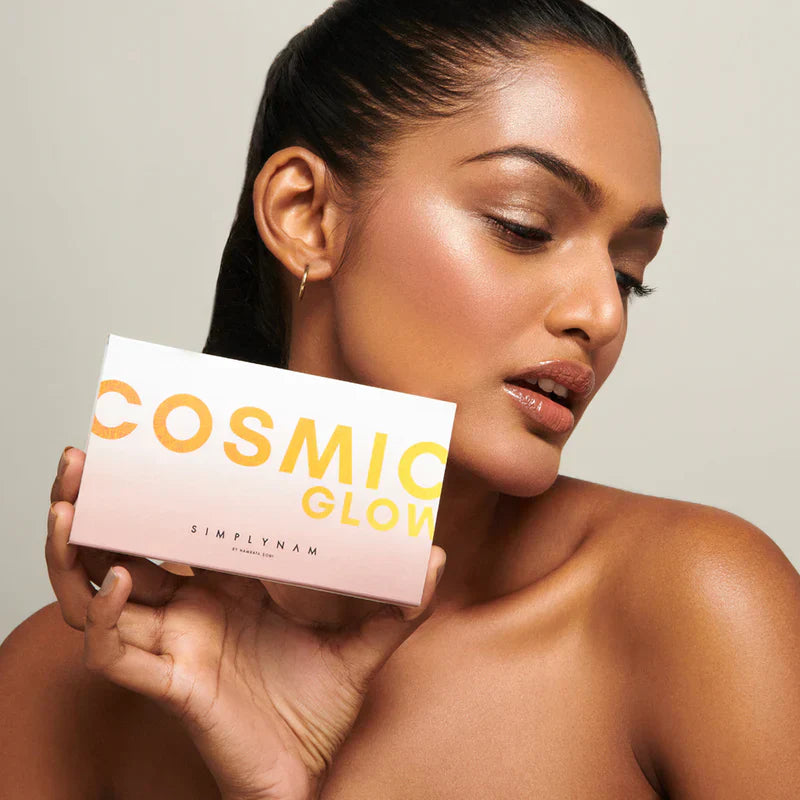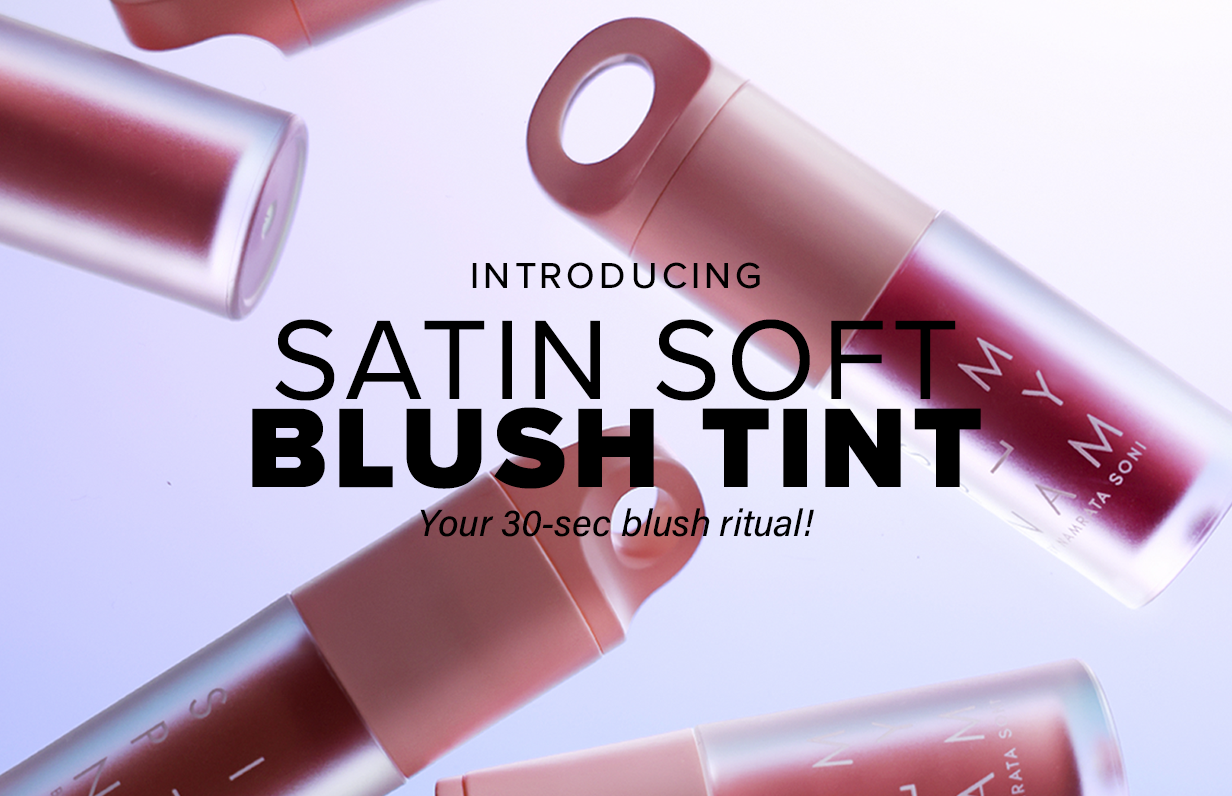You’ve used the best base products and set your makeup with setting powder and a spray, but your makeup still cracks and smudges after a couple of hours. This is because you missed the most important step - primer! But what does primer do, and why is it so important? Simply using a primer for face helps lock your makeup and create a layer between your skin and the makeup that prevents it from settling into the pores and lines of your skin. Not only does a primer help keep your makeup intact for long hours, but it also minimises the amount of product you use & makes the application process easier & smoother. While this may be a solid reason for you to invest in a primer if you haven’t already
6 Reasons Why Using a Face Primer is Essential for Long-Lasting Makeup
-
Controls Shine
If you have oily or combination skin, a face primer with an oil-control or mattifying formula will work wonders. This will help keep excessive shine at bay, especially around the T-zone, preventing your makeup from smudging or cracking.
-
Hydrates Skin
Different primers serve different purposes, just like a hydrating formula offers dry skin the nourishment it needs. Makeup can settle into the dry patches on your skin, making it look patchy. A hydrating face primer helps lock in moisture and even out the skin.
-
Smoothes uneven skin
A face primer helps blur out the appearance of pores, fine lines, wrinkles, and other signs of uneven skin texture. This gives you a smooth complexion to work with to get a seamless look.
-
Eliminate discolouration
No, not every face primer is made to cater to this concern, but you can invest in colour correcting primers to combat skin discolouration or pigmentation. This will help make your skin look even-toned and give your complexion a more seamless appearance.
-
Keeps makeup intact for long hours
A reason to love face primers that we already know. Choosing the right kind of primer for your skin type and its needs can help create a smooth layer on the skin, ensuring your makeup stays put for long hours without smudging, budging or cracking.
-
Improves makeup coverage
Not only does a face primer help create a smooth base for your makeup, but it also helps it spread on the face evenly, offering you better coverage without having to use too much product.
How to Use Primer for Maximum Makeup Benefits
Step 1: Skin prep
Start by washing your face with a gentle cleanser. Follow it up with a suitable moisturiser, and sunscreen during the daytime. This helps the primer blend on the skin seamlessly. Let it absorb into the skin completely for a few minutes before the next step.
Step 2: Apply primer
The best way to apply primer for face is using your fingers. Take a pea-sized amount of product and apply it to your t-zone, cheeks, and any other areas that are prone to getting oily.
Step 3: Blend it
Use your fingertips to blend it on your face in small circular motions. Ensure you cover your whole face without leaving streaks or patches.
Here are 3 tips to make your primer application process easier:
-
Use a small amount and build on it if required. Overusing primer for face can make your makeup slide off rather than sticking to your skin.
-
Wait for a few minutes between doing your skincare and applying your face primer. And wait for a few minutes between applying your primer and doing your makeup. This will ensure that the products are absorbed into the skin well to create a smooth start for your makeup.
-
If you want to get that lit-from-within glow, you can add a drop or two of the Simply Nam Pixie Dust Multi-Use Glitter Glow to your primer before applying. Or you can use an illuminating primer, too.
7 Types of Primers to Enhance Your Makeup Routine
-
Mattifying Primer
The best kind of face primer for oily skin, mattifying primers help control excess oil and keep excess shine at bay, ensuring your makeup stays in place for long hours, and give skin a matte, velvety finish.
-
Silicone-based Primer
Most people think silicone-based primers and mattifying primers are the same, but no. They may both offer a mattifying effect on skin, but the key difference lies in their function. Silicone-based primers help blur the appearance of pores and smooth out uneven skin texture to offer a smooth base for makeup. It offers skin a velvety, smooth finish. These also help diminish the appearance of fine lines and wrinkles.
-
Hydrating Primer
Best suited for dry skin, this primer helps smoothen out dry patches and lock in moisture. Look for ingredients like hyaluronic acid in your primer to ensure optimum hydration.
-
Colour Correcting Primer
These primers for face are meant to do what regular colour correctors do, but right at the base. Use green colour correctoring primer to cancel out any redness, and use blue primer to counteract yellow tones.
-
Eyeshadow Primer
The eye area is most prone to creasing, which means your eyeshadow can wear off very easily and settle into the lines. An eyeshadow primer helps prevent these and also helps colour correct and nourish the lids.
-
Lip Primer
Again, a lesser known type of primer, but one that is very much in existence. A lip primer again, much like a face primer, helps keep your lipstick from smudging or bleeding, helps create a smooth surface for lipstick application, and holds the product for long hours. If you’re one who wears bold, bright shades a lot then a lip primer is sure to come in handy.


 Track Your Order
Track Your Order





